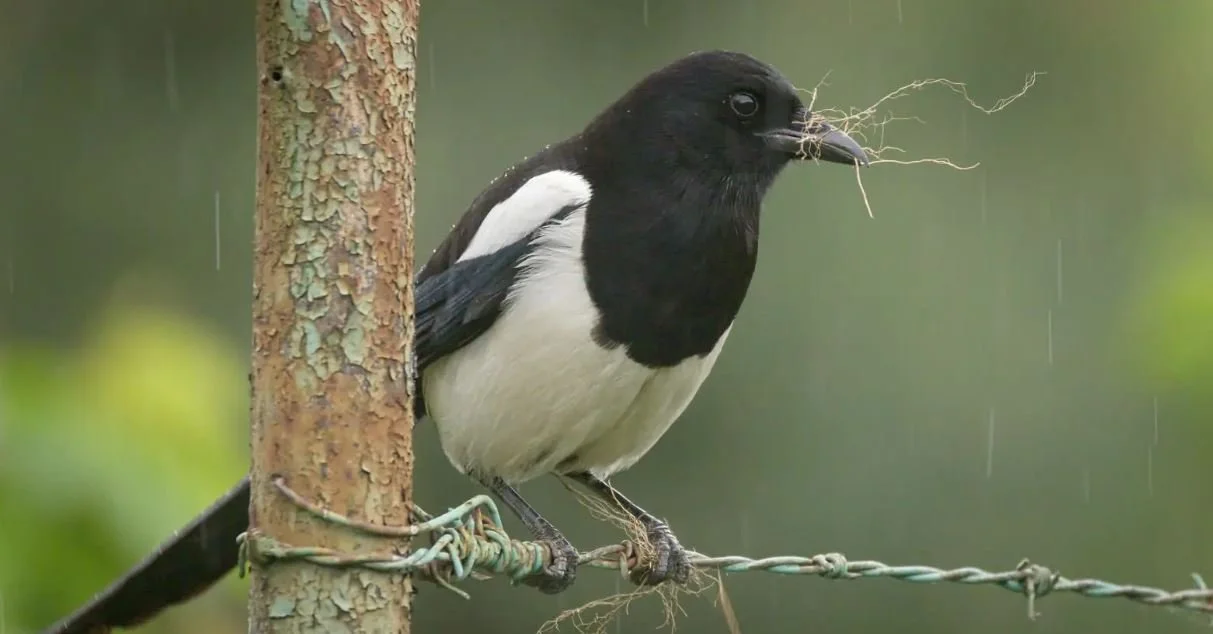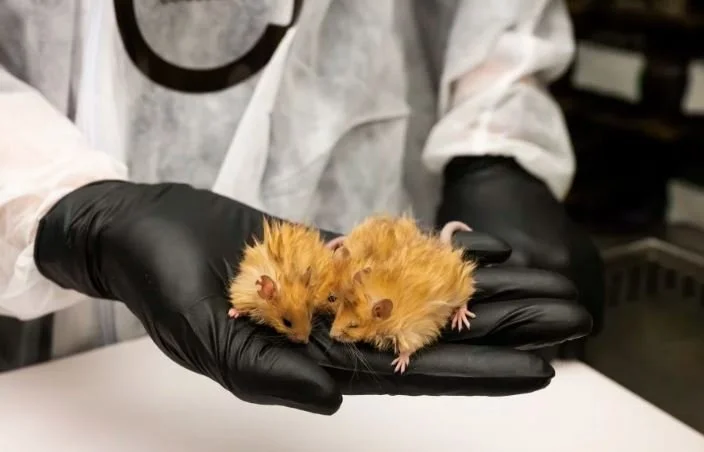Why Release a Gene-Altered Freak to Slay Malaria?
The usual method to prevent malaria is to attack mosquitoes that spread the disease to humans, but now scientists are enlisting the little pests as allies. The method, still in the proof-of-concept phase, involves genetic engineering to bolster the mosquito’s immune system with mouse genes.
The malaria pathogen is a parasite that grows inside humans and is transmitted to us by mosquitoes, which also host the parasite in its blood. What if we could make the mosquito an inhospitable host?
That’s what Anthony James, a professor of molecular biology and genetics at the University of California, is attempting to do. “If we can make the mosquitoes inhospitable to the pathogens, you know, we can eliminate the threat of getting the disease,” he tells NPR.
So, James and colleagues deployed a gene-editing technique called CRISPR using genes from mice, of all things, whose immune systems do fight human malaria. “What we did then was engineer those [genes], and give them to the mosquitos,” he says.
It worked. It reduced the number of parasites in the mosquito, especially in the salivary gland, which, crucially, is where they would be before transmission to humans. As a bonus, the altered genes can be passed on naturally (for want of a better term), so it would be possible to engineer just a few mosquitoes before turning them loose where they would multiply and pass on the tweaked genetic code.
We may never find out whether the technique will work in practice though, because a lot of people are wary of releasing a gene-altered freak into the environment. “Why take unnecessary risks and release a manipulated species that can't be recalled once it's released into the wild?” asks Friend of the Earth’s Dana Perls.
But James and team are moving forward with a field trial, which he hopes can be conducted on an island or some other isolated location. What could go wrong?
The research is published in the Proceedings of the National Academy of Sciences.
Photo credit: James Gathany / AP







